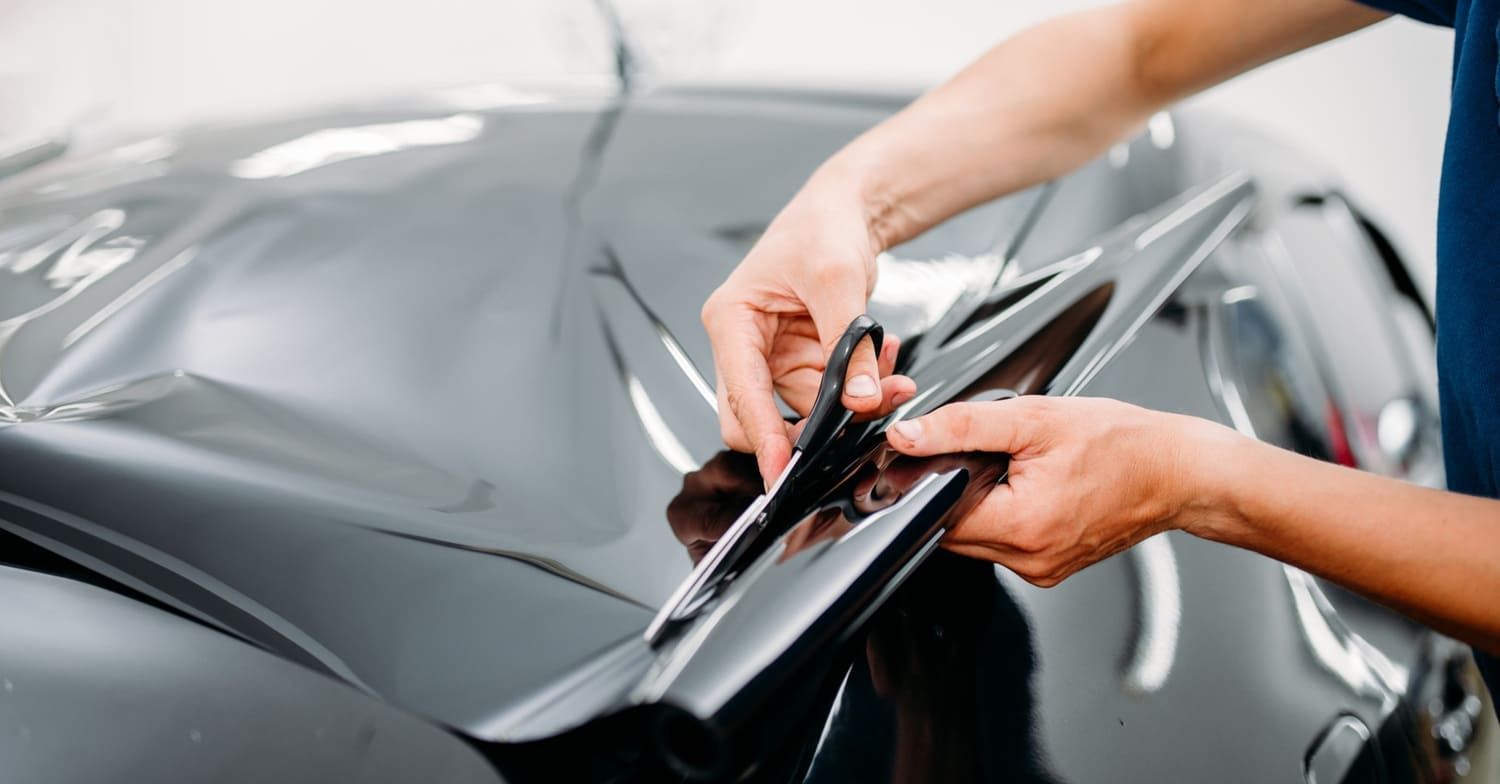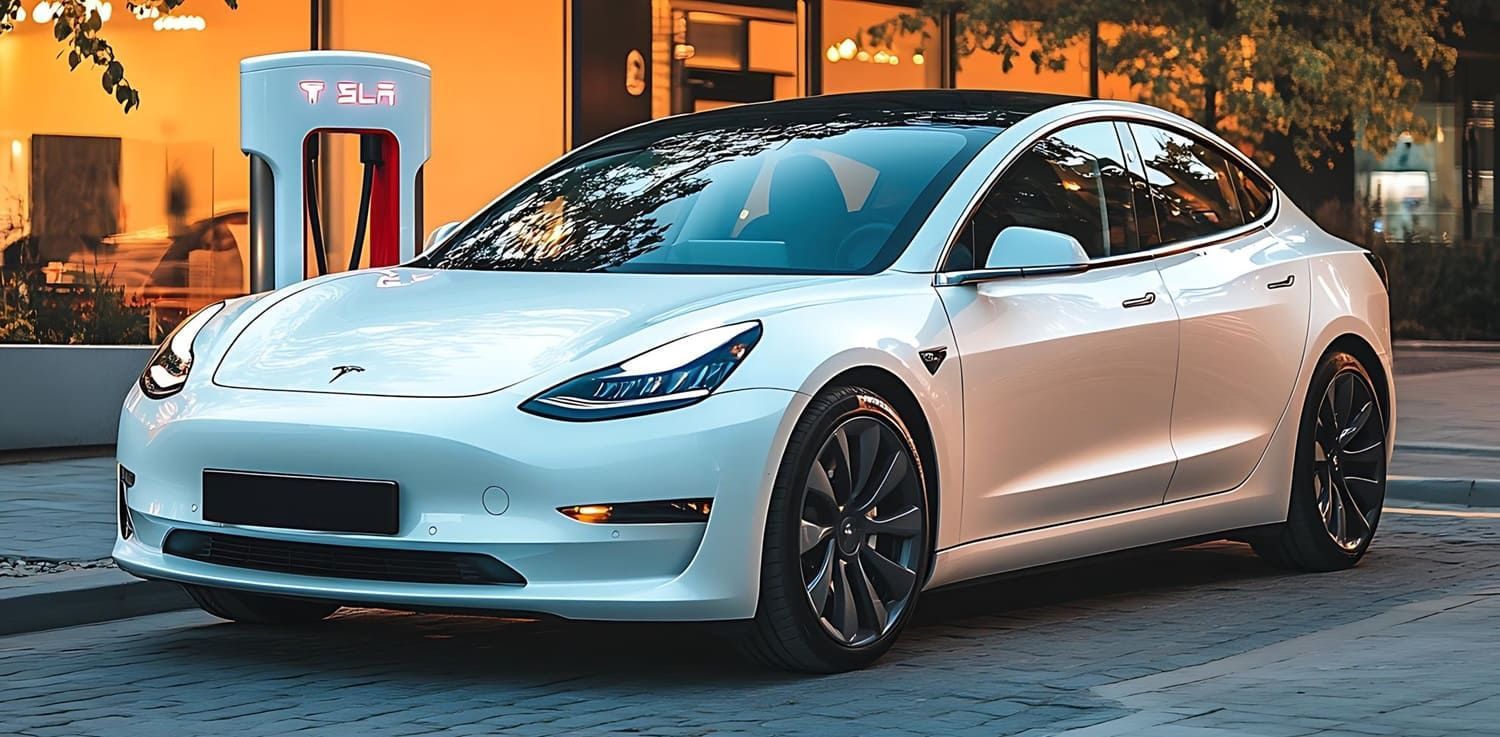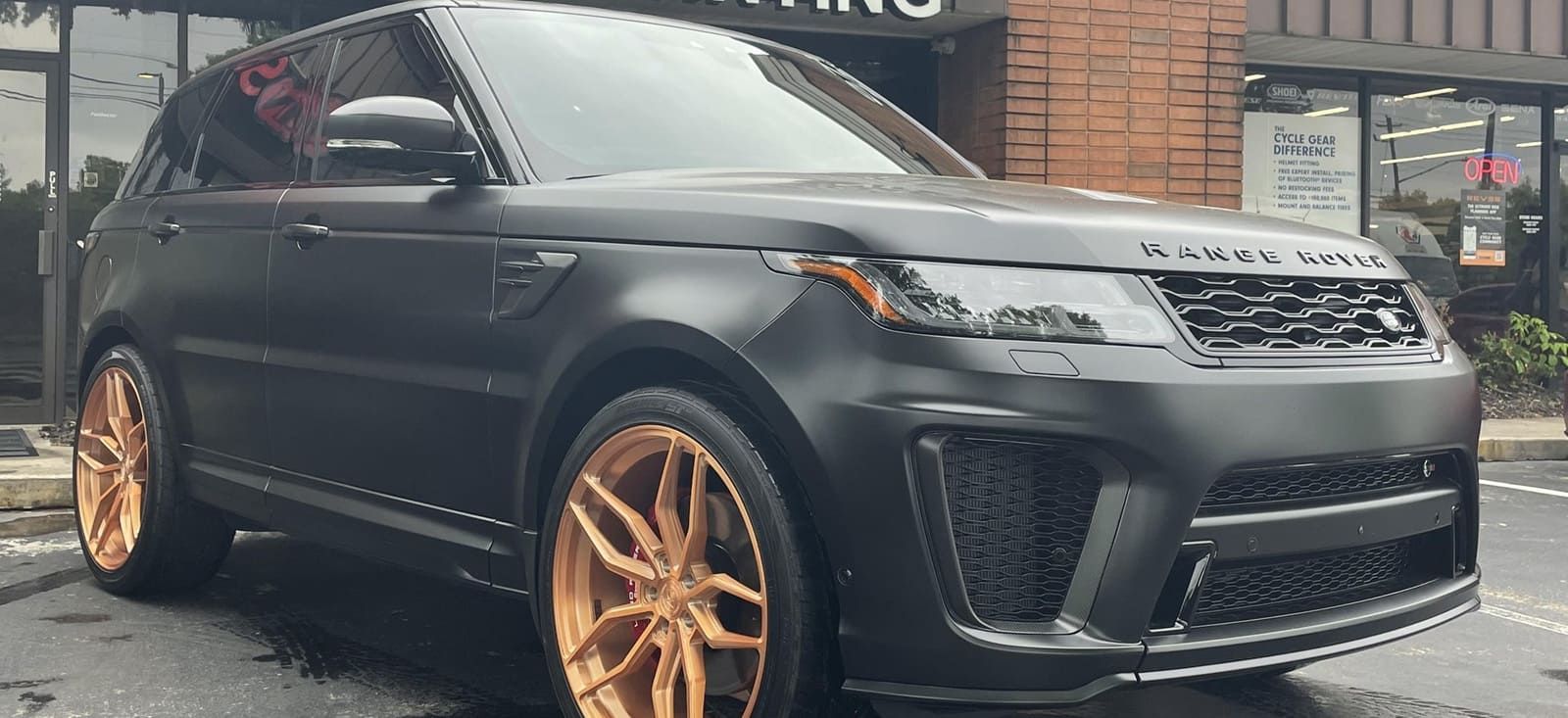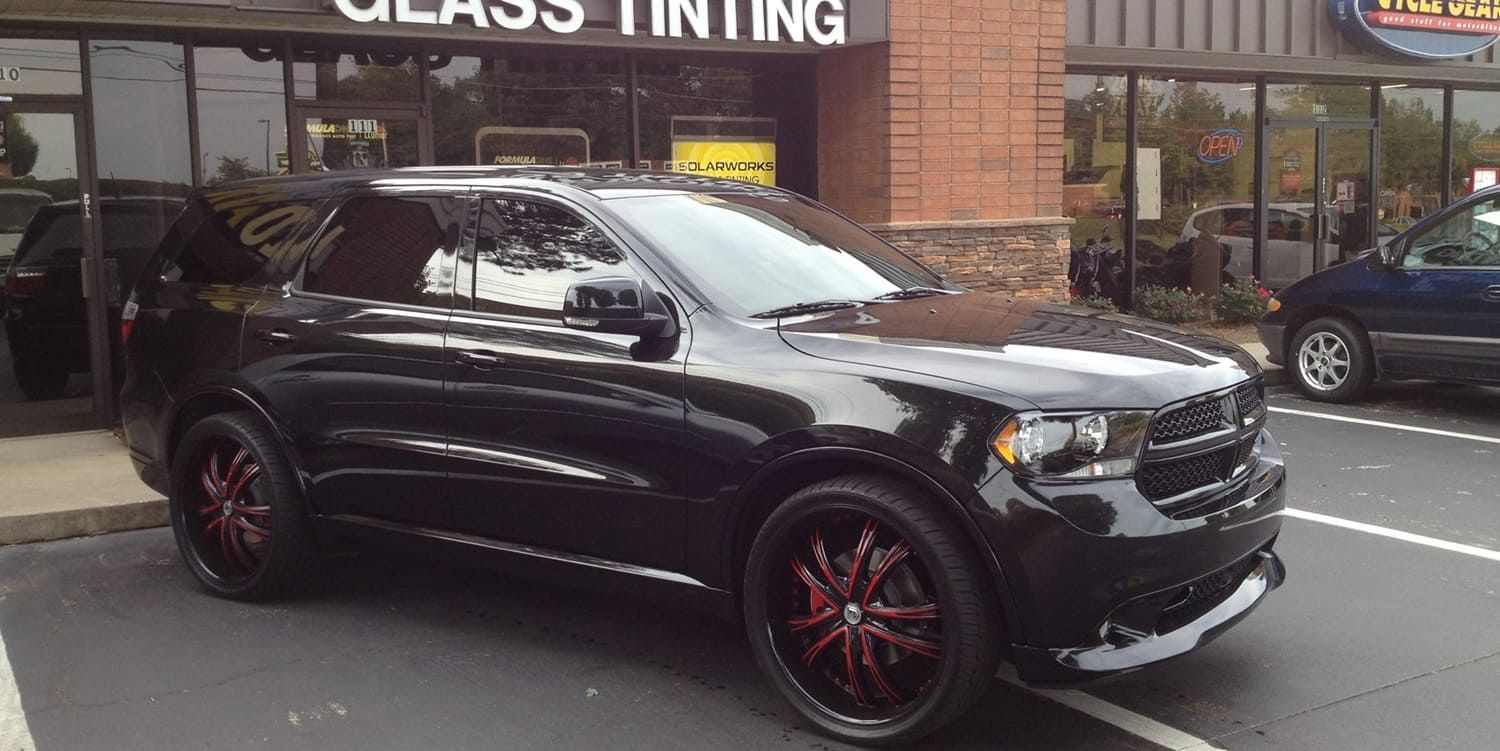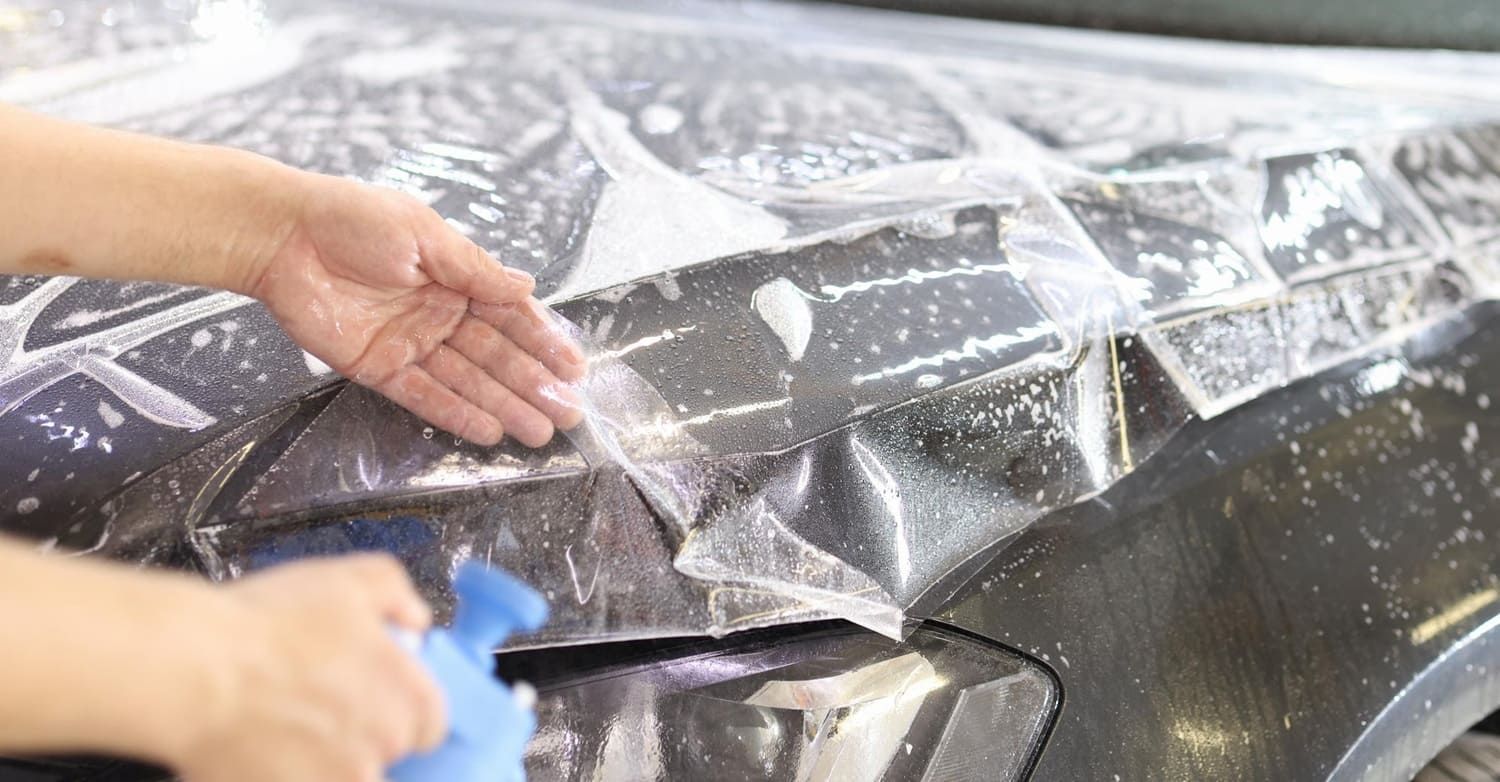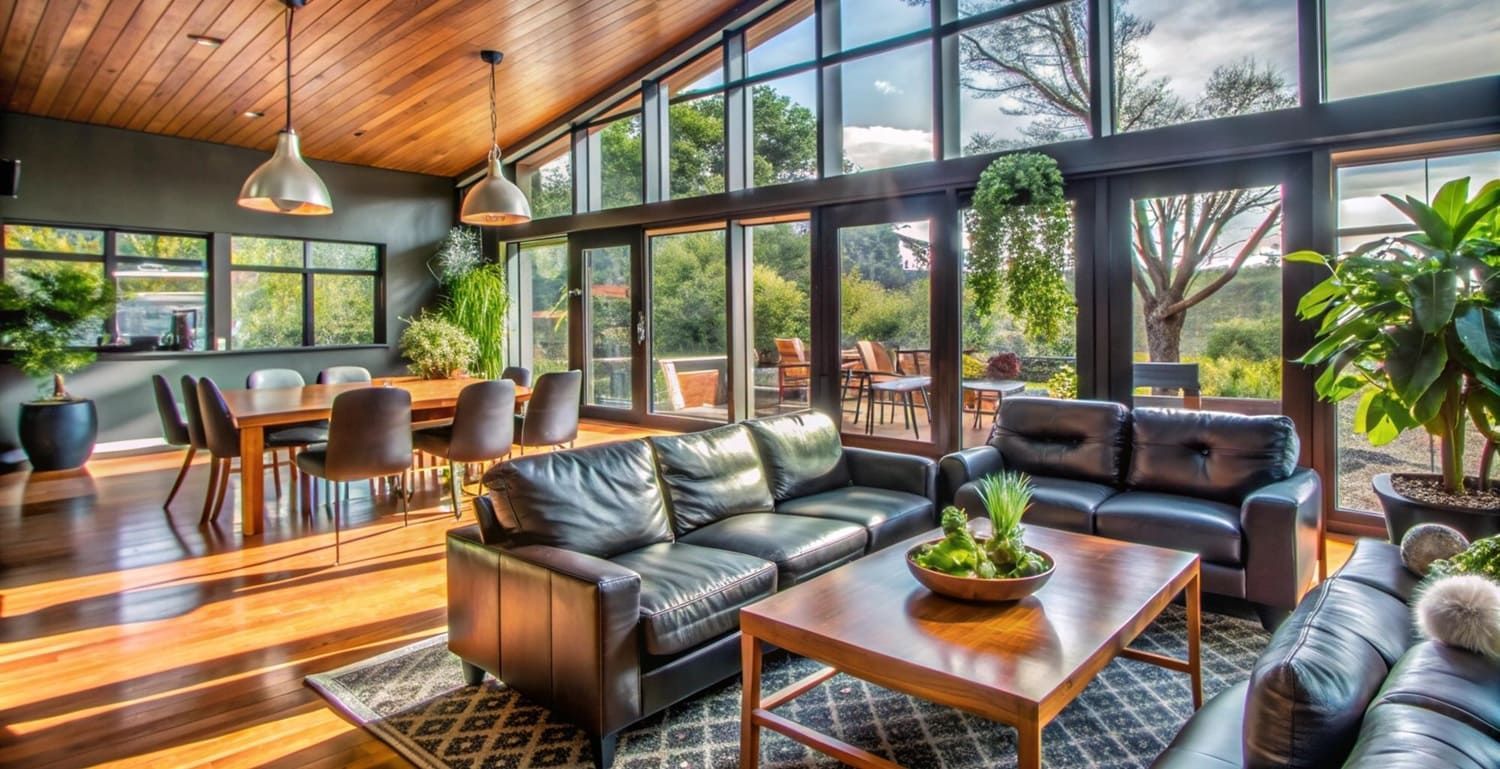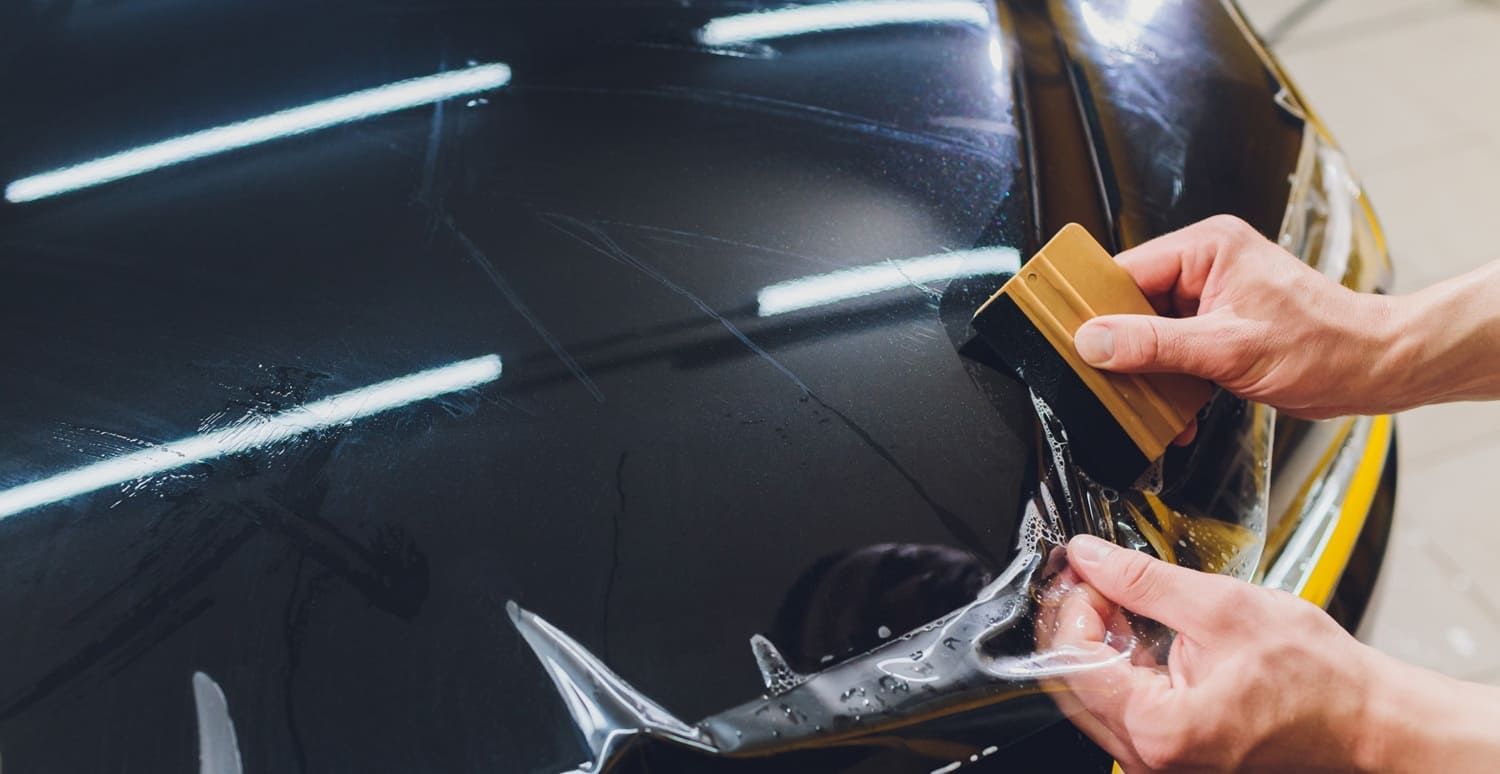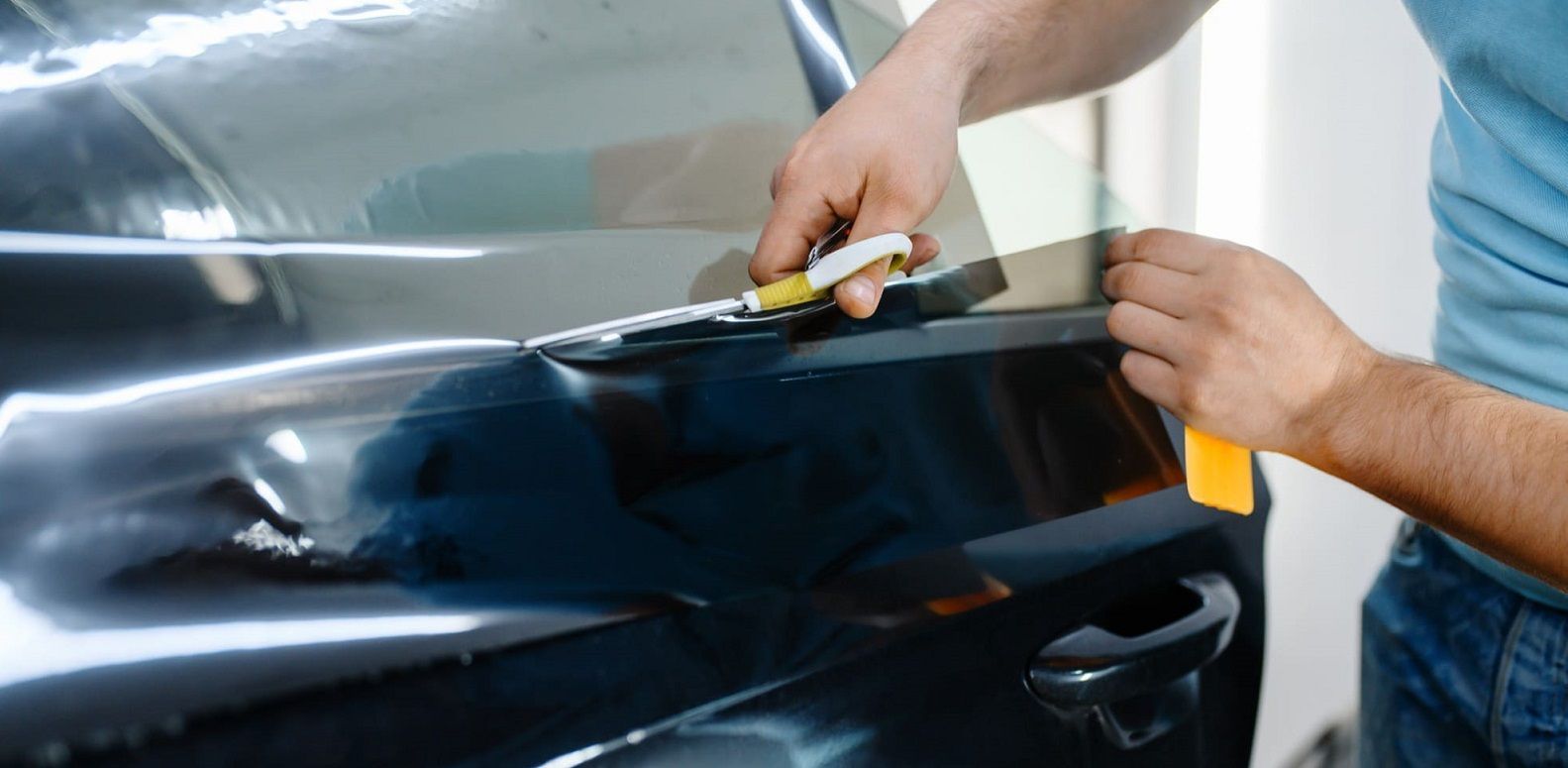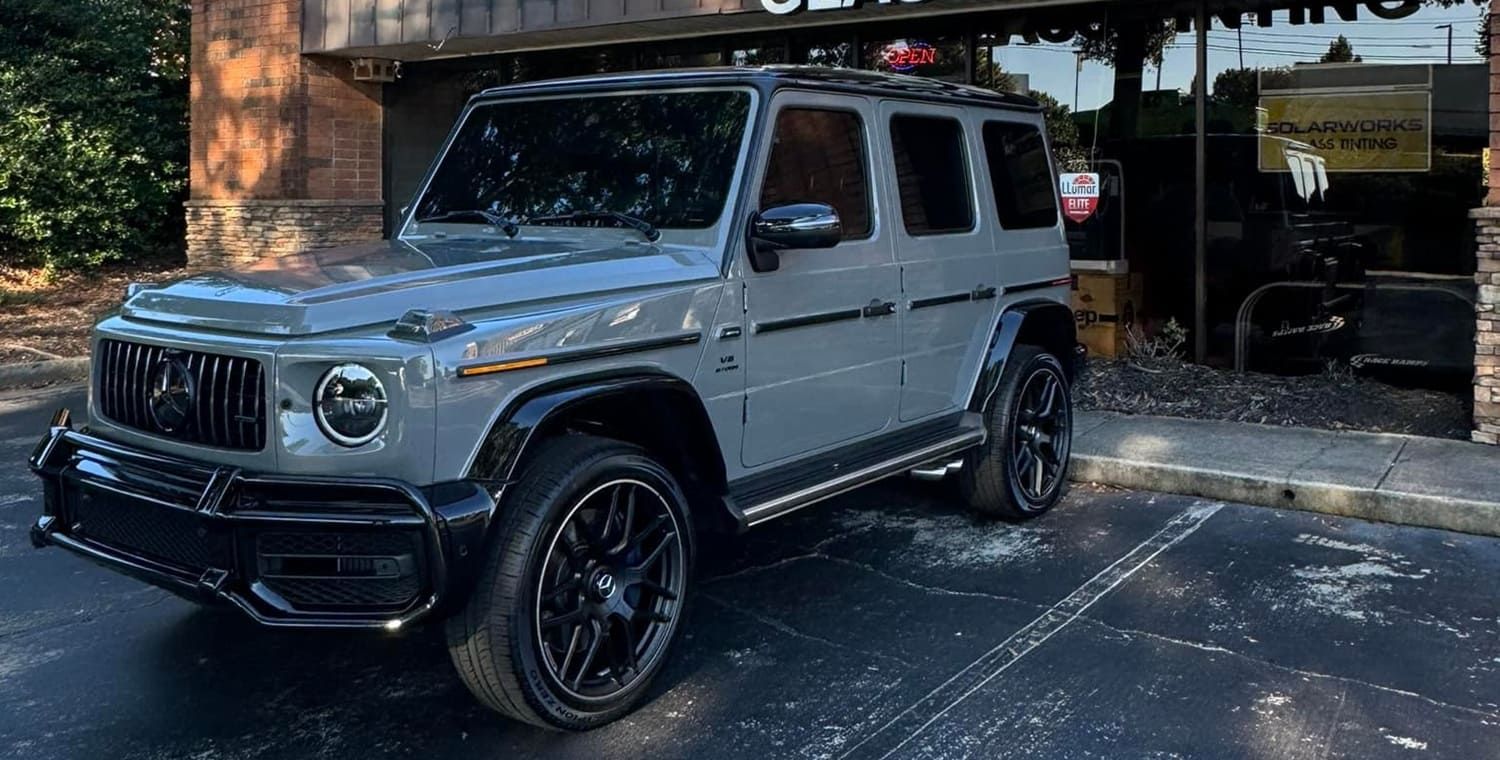The Best Window Tint Shades for Your Car: A Comprehensive Guide
When it comes to enhancing your car's aesthetics and functionality, window tinting is a popular choice among car enthusiasts and everyday drivers alike. But with so many options available, how do you choose the best window tint shade for your car? This comprehensive guide will walk you through the various types of car window tints, their benefits, and how to select the perfect shade for your vehicle.
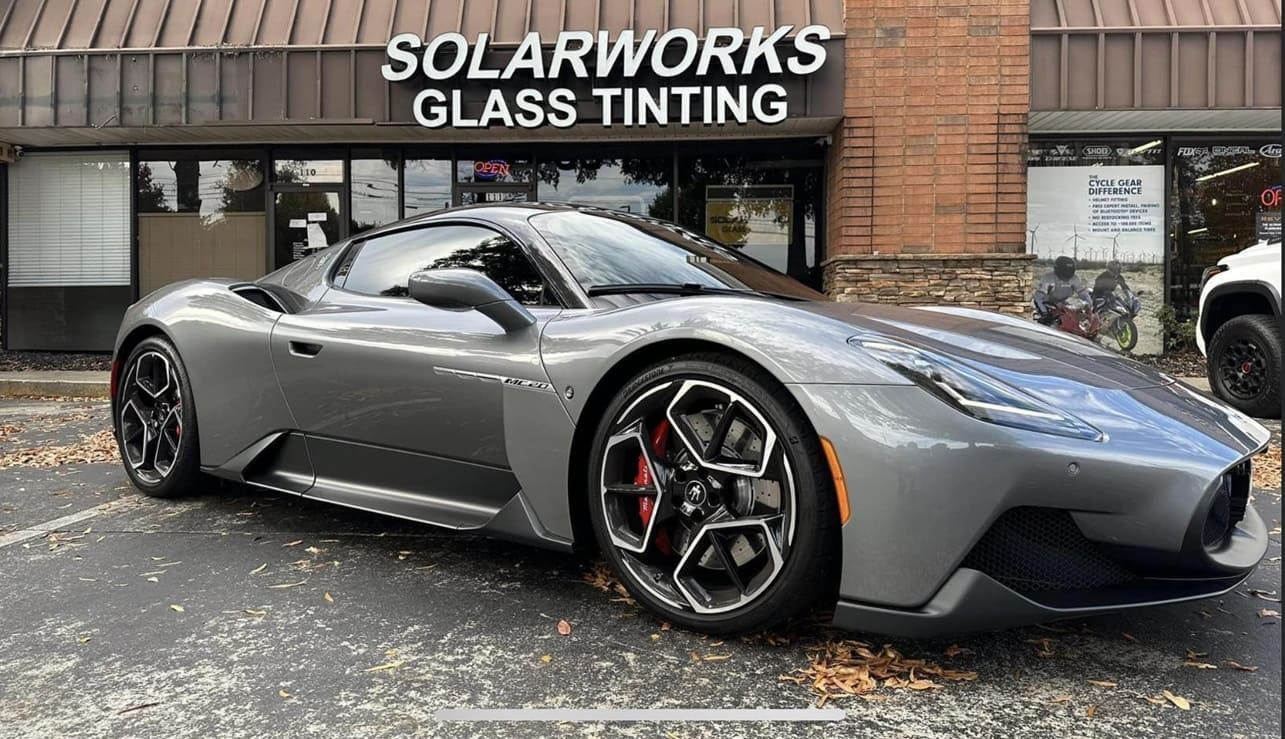
Why Consider Car Window Tinting?
Window tinting is not just about giving your car a sleek look. It offers a myriad of benefits ranging from protecting the car's interior to enhancing privacy and security. Here's why you should consider tinting your car windows:
- Protection from UV Rays: Car window tints can block up to 99% of harmful ultraviolet rays, protecting your skin and the car's interior from sun damage.
- Heat Reduction: Tinting can significantly reduce the amount of heat entering your car, providing a more comfortable driving experience, especially during hot days.
- Increased Privacy: Tinted windows offer privacy to you and your belongings inside the car.
- Enhanced Aesthetics: With a variety of shades available, you can give your car a personalized look that reflects your style.
Different Types of Car Window Tints
Understanding the types of window tints available can help you make an informed decision. Here are some common options:
Dyed Window Tint
Dyed window tint is the most economical option and is created by placing a layer of dye between an adhesive layer and a protective top coat. It primarily blocks sunlight by absorbing it. While it provides a non-reflective finish that can reduce glare, it may fade over time.
Metalized Window Tint
Metalized window tints contain tiny metallic particles that reflect sunlight, making them effective at reducing heat and glare. They are more durable than dyed tints and do not fade easily. However, the metallic content can interfere with GPS and cell phone signals.
Carbon Window Tint
Carbon window tint offers a matte finish and contains no metal, ensuring that it does not interfere with electronic devices. It provides excellent UV protection and heat reduction, making it a durable and efficient choice.
Ceramic Window Tint
Ceramic window tint is the top-of-the-line option, using ceramic particles that are non-conductive and non-metallic. It offers superior UV protection, glare reduction, and heat rejection without interfering with electronic devices. While it is the most expensive option, it is known for its longevity and performance.
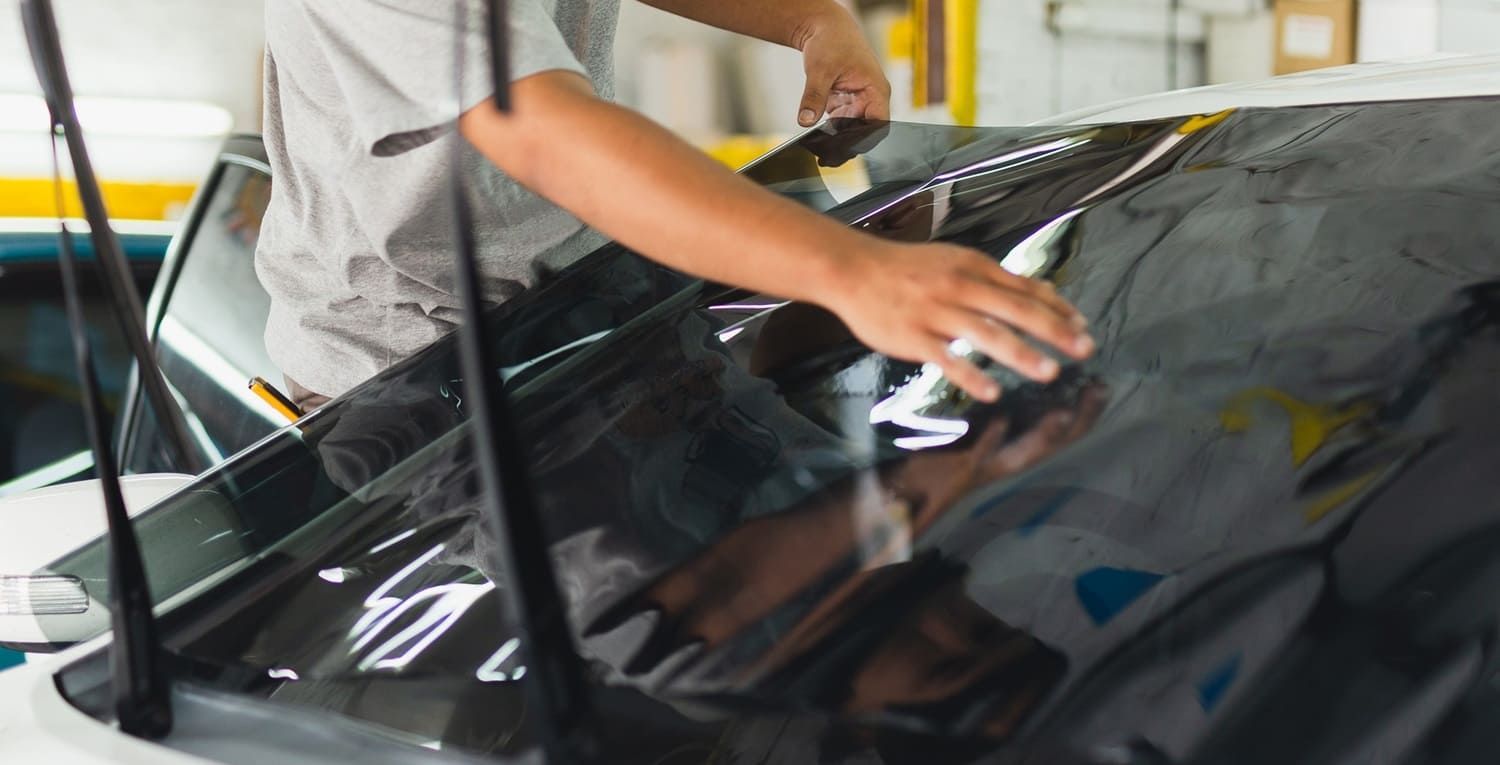
Choosing the Best Window Tint Shade
Selecting the right shade depends on your needs, preferences, and local regulations. Here's what to consider:
Light Transmission Levels
Window tints are rated by the amount of visible light they allow through, known as VLT (Visible Light Transmission) percentage. The lower the VLT percentage, the darker the tint. Common VLT levels include:
- 5%: Known as "limo tint," this offers maximum privacy but minimal visibility from the inside at night.
- 20%: Provides privacy and a sleek look, commonly used for back windows.
- 35%: Offers a good balance of privacy and visibility, popular for all-around use.
- 50%: Reduces glare and UV rays while maintaining visibility.
Legal Considerations
Before you choose a tint shade, check your local laws regarding window tinting. Different regions have different regulations on how dark or reflective a tint can be. Ensure your choice complies with these laws to avoid fines and penalties.
Climate and Personal Preferences
The climate you live in and your personal preferences will also influence your choice. For hotter climates, a lower VLT percentage may be more beneficial to reduce heat. If privacy is your primary concern, a darker tint will serve you well.
Installation and Maintenance Tips
Once you've selected your window tint, proper installation and maintenance are crucial for longevity and performance.
Professional Installation
While DIY kits are available, professional installation ensures precision and reduces the risk of bubbles or peeling. Experts can help you choose the right tint and ensure it complies with local laws.
Maintenance
- Avoid Rolling Down Windows: Wait a few days after installation before rolling down windows to allow the tint to set.
- Use Gentle Cleaning Products: Use a soft cloth and mild cleaner to avoid scratching or damaging the tint.
- Inspect Regularly: Check for signs of wear, such as bubbling or peeling, and address them promptly.
Conclusion
Solarworks Glass Tinting with location in Roswell, Georgia, offers a free estimate to help you choose the ideal window tint shade for your vehicle. Selecting the right tint balances style, functionality, and legal requirements. Whether you prefer the affordability of dyed tints or the advanced performance of ceramic tints, each provides unique benefits to enhance your driving experience.
With the right choice, you can enjoy a cooler, more private, and protected ride. Consult with our professionals for expert installation and ensure your tint complies with local regulations.
